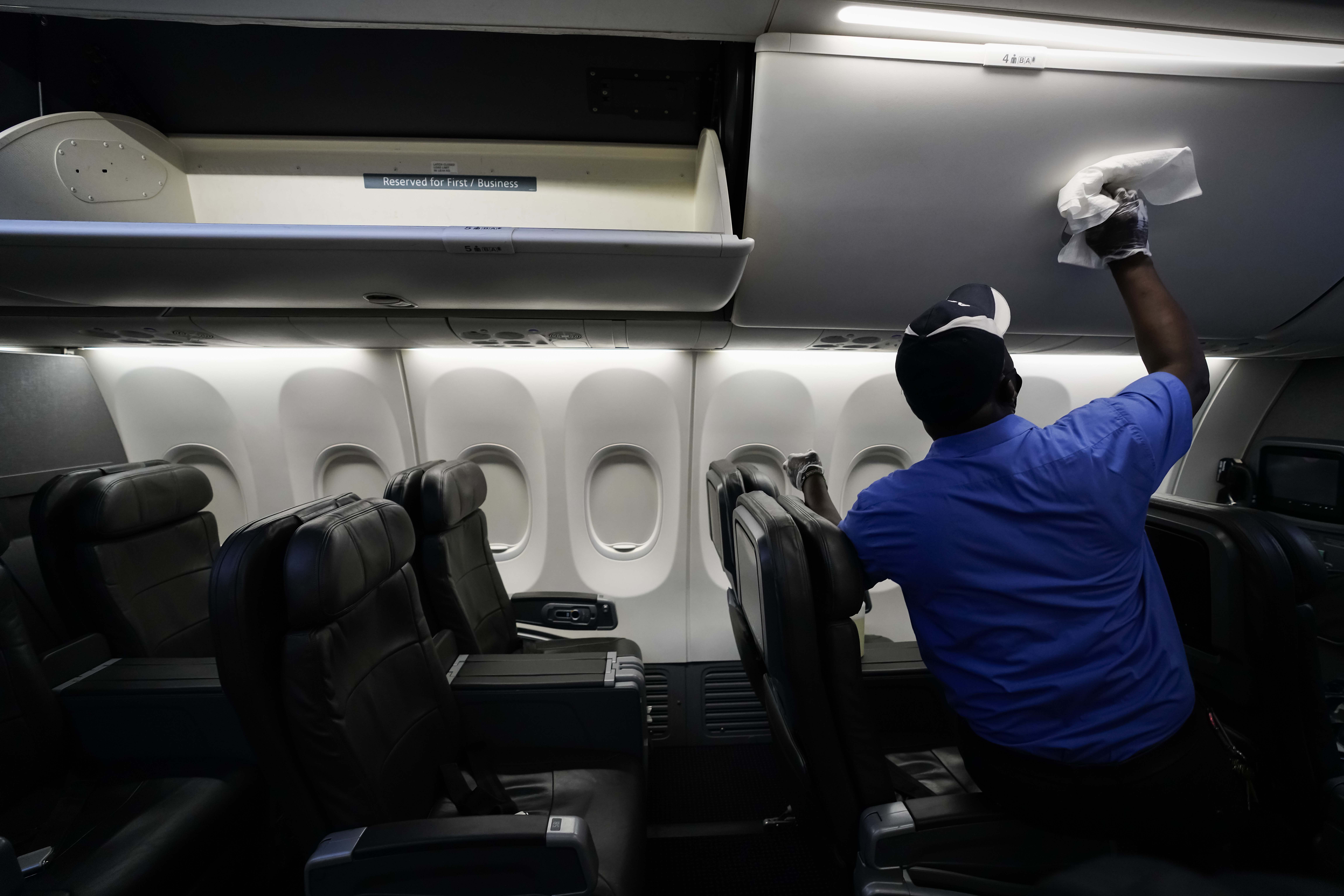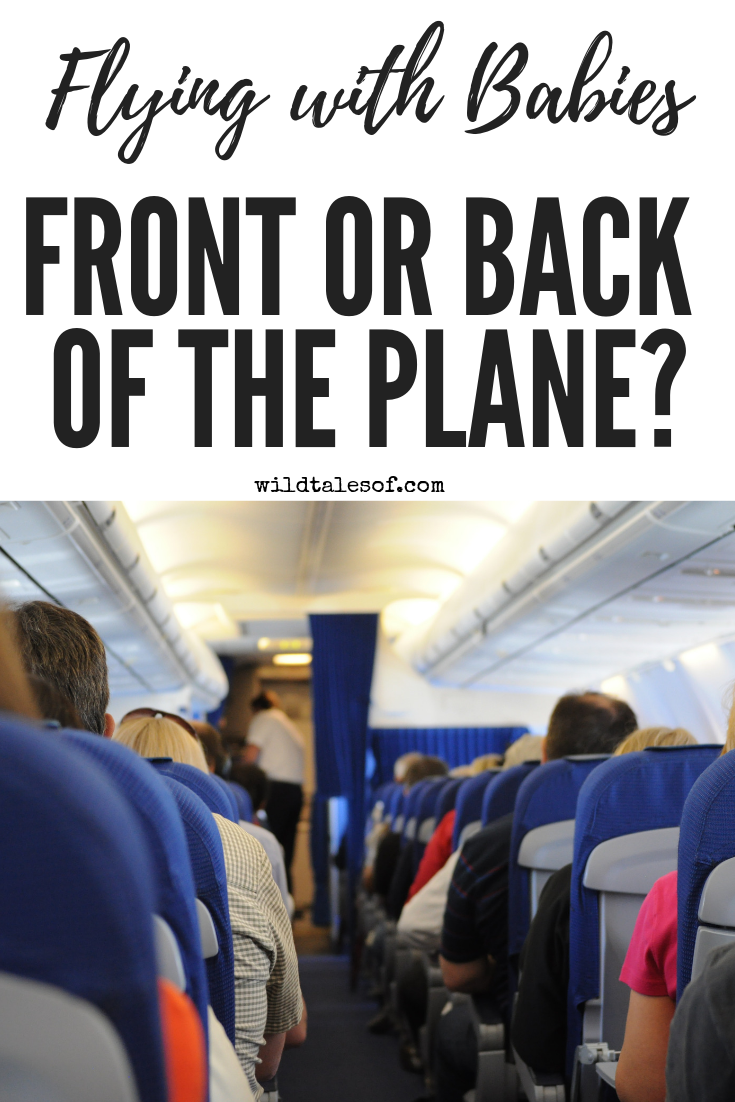Welcome to our discussion on the intriguing topic of why planes board front to back. Join us as we explore the rationale behind this common boarding method, debunking myths and shedding light on the efficiency of this process.
Why Do Planes Board Front To Back?

Some passengers complain that airlines only board from the front to cater to first-class and business travelers who have priority and can observe other passengers as they pass by towards economy class.
To a certain extent, this complaint holds true. Airlines grant the privilege of boarding first to first-class passengers and members of frequent flyer programs to ensure their satisfaction and encourage other passengers to consider upgrading their tickets.
However, the primary reason for boarding from the front is improved efficiency. While it is certainly in the airline’s interest to satisfy high-paying customers, the greater motivation is to expedite the boarding process, enabling the airline to maximize revenue and prevent delays.
Are planes boarded front to back?

Traditionally, airplanes are boarded from the front to the back, resulting in a “traffic jam” scenario where passengers struggle to stow their belongings and wait for others to settle down and clear the aisle. However, if boarding were to commence from the rear, this issue could be significantly alleviated.
Why don’t planes board from both sides?
Whether you’re an occasional traveler or a seasoned jet setter, there are bound to be numerous questions about air travel that have piqued your curiosity. For instance, have you ever wondered about those triangular stickers above your seat?
Or why it seems like you’re always seated next to a baby or a loud snorer? Amidst these puzzling enigmas, you may have overlooked something rather significant: the side from which you board the plane. Regardless of your destination, you will always embark and disembark from a door located on the left-hand side of the aircraft. But what’s the reason behind this? Let’s uncover the truth.
There is a method to this seemingly arbitrary practice. Firstly, it ensures that foot traffic is directed away from the right-hand side of the aircraft, where the ground crew is busy refueling and loading luggage. Additionally, it aligns with the tradition of having pilots seated in the left seat.
In the past, this arrangement proved advantageous as it allowed the pilot to assess wing clearance from the terminal building and position the aircraft door in line with the terminal doors if they were on the left side, as explained by a former U.S. Air Force pilot on Quora.
Another explanation traces its origins to maritime customs. Due to the placement of the “steerboard,” which is the rudder-like structure on the right-hand side of a boat, passengers would traditionally board from the left side, also known as the port side. Consequently, most airplane and jetway designers adopted this convention, as noted by commercial pilot Andrew Stagg. The only exception to boarding from the left-hand side occurs when flying in small, two-seater planes. However, for the majority of commercial flights, passengers can expect the left side treatment.
So, the next time you find yourself embarking on a flight, take a moment to observe the left-hand side boarding process and appreciate the practical considerations and historical influences that have shaped this aspect of air travel.
Why not sit at back of plane?

The rear section of the plane is generally considered less favorable for travelers who dislike turbulence, as it is farther away from the aircraft’s center of lift and gravity. This positioning can result in a more noticeable sensation of movement during periods of turbulence.
Furthermore, the back section can be quite noisy on certain planes, as engines and auxiliary power units are often located towards the rear of the aircraft. These components generate significant noise, contributing to a potentially louder environment for passengers seated in this area.
Why is the front of the plane better than the back?

If you experience nervousness while flying, it is recommended to choose seats located between the wings of the plane. This area tends to experience less turbulence compared to the front or back sections, as it offers greater stability. Similarly, if you are prone to motion sickness, sitting closer to the wings can help minimize the effects, as this area of the aircraft tends to provide a more stable flying experience.
Planes board front to back to optimize efficiency, reduce congestion, and improve overall passenger experience. This method allows for smoother boarding, faster turnaround times, and better organization of seating arrangements.
